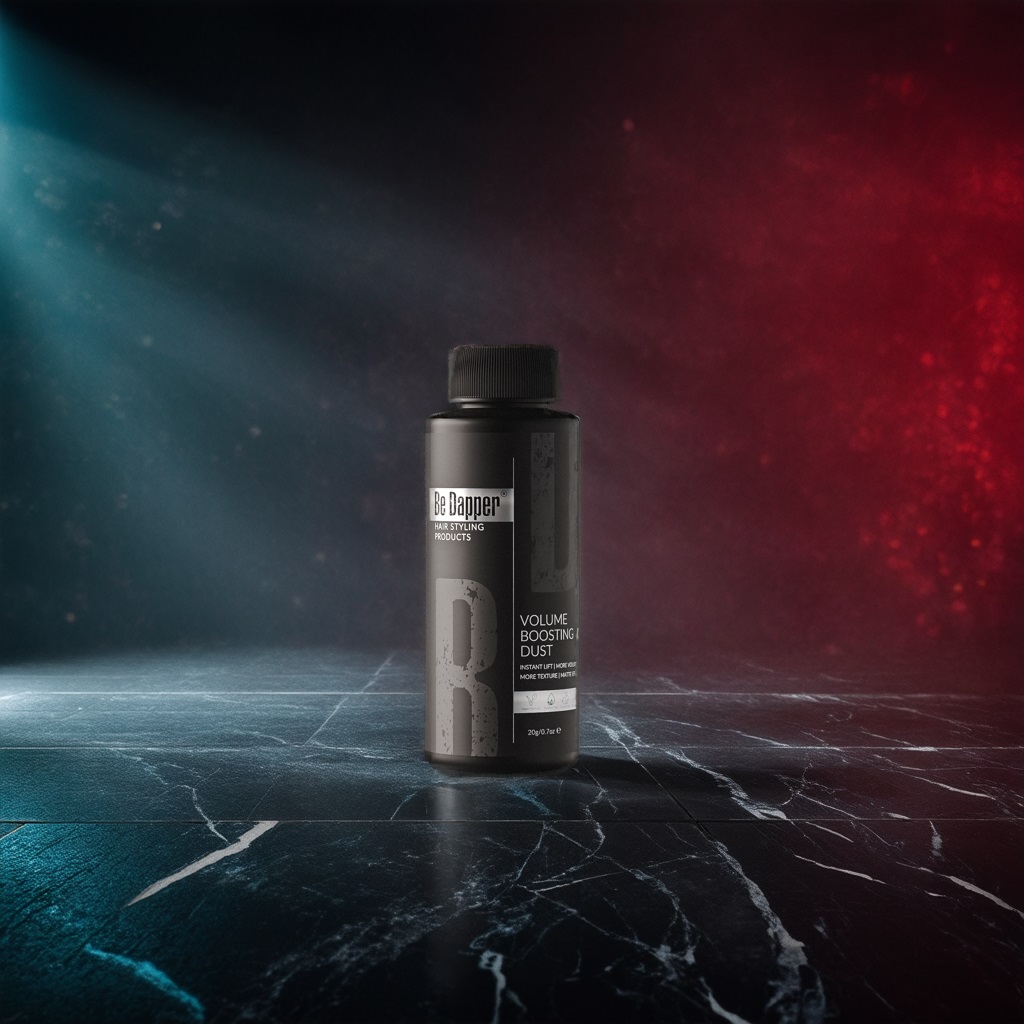With internet users becoming increasingly impatient, a slow-loading website can significantly impact user experience and drive potential customers away. This is especially true for e-commerce websites that rely on the quick and efficient processing of transactions.
For businesses running on WooCommerce, optimizing website speed has never been more important. Not only is speed one of the most important metric for customer experience, but it is also a significant factor for increasing your website’s search rankings.
In this article, we will explore six ways to speed up a WooCommerce website and improve user experience, conversion rates, and overall online success.
1. Optimize your Images

One of the most effective ways to speed up a WooCommerce website is to optimize images. Large image files can significantly slow down the loading speed of a website, especially for those with slow internet connections or using mobile devices. To optimize images, website owners can compress them without losing quality. This can be achieved by using image optimization plugins or online tools. Image files can also be resized to fit the specific dimensions of the website, reducing the amount of data that needs to be loaded.
Another optimization technique to consider when it comes to images is using next-gen formats. While JPEG and PNG have been the standard image formats for a long time, newer formats such as WebP and AVIF have emerged in recent years. These formats use advanced compression techniques to deliver high-quality images at a smaller file size. Meaning that images can be loaded faster without sacrificing quality. It’s important to note that not all web browsers support next-gen image formats, so it’s essential to check for compatibility before implementing them. Luckily there are plenty of plugins who will take care of this for you.
By optimizing images and using next-gen formats, website owners can significantly improve the loading speed of their WooCommerce website and enhance the overall user experience. Next-gen formats should be used in combination with proper image compression, they are not meant to replace other optimization methods.
2. Use a caching plugin to speed up a WooCoomerce site
Using a caching plugin is an effective way to speed up a WooCommerce website. Caching plugins work by storing frequently accessed data in the user’s browser, reducing the amount of time it takes to load a page.
WP Super Cache is one of the most popular plugins for speeding up your website. It works together with Boost from Jetpack to deliver your pages at lighting-speed.
Another popular caching plugin for WordPress is W3 Total Cache. It offers various caching techniques, including page caching, object caching, and database caching, to improve website speed.
3. Use a Content Delivery Network (CDN)
Using a content delivery network (CDN) is an effective way to improve the loading speed of a WooCommerce website. A CDN is a network of servers located around the world that store and deliver website content to users from the server closest to their location. By using a CDN, website owners can reduce the physical distance that data needs to travel, resulting in faster loading times and better performance.
Two popular CDNs that we recommended are Cloudflare and Amazon CloudFront.
Cloudflare
Cloudflare offers a free plan that provides basic CDN services, including caching, security, and DDoS protection. Its paid plans offer more advanced features, such as image optimization and mobile optimization.
Amazon CloudFront
Amazon CloudFront is a scalable and cost-effective CDN that integrates seamlessly with other Amazon Web Services, making it an ideal choice for those already using AWS. Its pay-as-you-go pricing model allows website owners to only pay for the data they use, making it a budget-friendly option.
4. Implement lazy loading
Implementing lazy loading is an effective way to improve the loading speed of a WooCommerce website. Lazy loading is a technique that delays the loading of non-critical elements, such as images and videos, until the user scrolls down to view them. By implementing lazy loading, website owners can reduce the initial load time and improve website performance.
Many image optimization plugins, such as Smush and EWWW Image Optimizer, have lazy loading functionality built-in. These plugins allow website owners to optimize their images for web use while also implementing lazy loading for improved performance.
Additionally, there are standalone plugins, such as Lazy Load by WP Rocket, that specifically focus on lazy loading functionality. With easy-to-use configuration options, implementing lazy loading on a WooCommerce website has never been easier.
5. Improve your Server Configurations
Server configurations play a crucial role in determining the speed and performance of a WooCommerce website. The server configuration includes factors such as server hardware, operating system, web server software, PHP version, database software, and caching mechanisms. Ensuring that these components are properly configured and optimized can significantly improve website speed and performance.
PHP Settings
An important aspect of server configuration for improving WooCommerce website speed is configuring PHP settings and optimizing database indexes. PHP is a server-side scripting language used by WordPress and WooCommerce to generate dynamic content.
By adjusting PHP settings, such as memory limit, execution time, and caching, website owners can improve website speed and performance. For example, increasing the memory limit can reduce the number of server requests required to load a page, while caching can speed up page loading times by storing frequently accessed data in the server’s memory.
Memory Limit
This setting controls the amount of memory allocated to PHP scripts. Increasing this setting can improve the performance of memory-intensive plugins and themes.
For example, to increase the memory limit to 256MB, find memory_limit in your PHP.ini and set it to 256MB
Maximum Execution Time
This setting controls the maximum amount of time a PHP script can run before it is terminated. Increasing this setting can prevent scripts from timing out and improve performance.
For example, to increase the maximum execution time to 120 seconds, find max_execution_time in your PHP.ini file and set it to 120
6. Use a better hosting service
Using a better hosting service can have a significant impact on the speed and performance of a WooCommerce website. Hosting service determines the resources available to the website, including server hardware, storage, memory, and bandwidth. A reliable hosting service ensures that the website is able to handle traffic and deliver content quickly to visitors.
Shared hosting is a popular and affordable hosting option, but it has limitations when it comes to website performance. Shared hosting involves sharing resources with other websites on the same server, which can result in slower loading times and reduced performance during peak traffic periods.
Fortunately, there are alternatives to shared hosting that can provide better performance for WooCommerce websites. One such alternative is a Virtual Private Server (VPS). A VPS is a virtual machine that provides dedicated resources to a website, allowing for greater performance and scalability. Read our post on using a VPS to speed up a WooCommerce website for more information.
How to measure my WooCommerce website speed?
There are plenty of tools available on the internet. The simplest of which is Lighthouse. You don’t even need to install any extension because Lighthouse is built directly into Google Chrome. Simply press F12 or open developer tools to access Lighthouse.

Open the website you wish to measure the speed of and click on “Analyze page load” to get started. Here’s reddit’s Lighthouse report, just for the fun of it!

Need help with a slow website?
Is your WooCommerce website painfully slow? Do you need professional help to optimize your website? We offer website migration and VPS setup services to help WooCommerce website owners improve their website performance. If you’re interested in upgrading to a better hosting service, contact us to learn more about how we can help.
We offer eCommerce design and development services to customers across the world.





